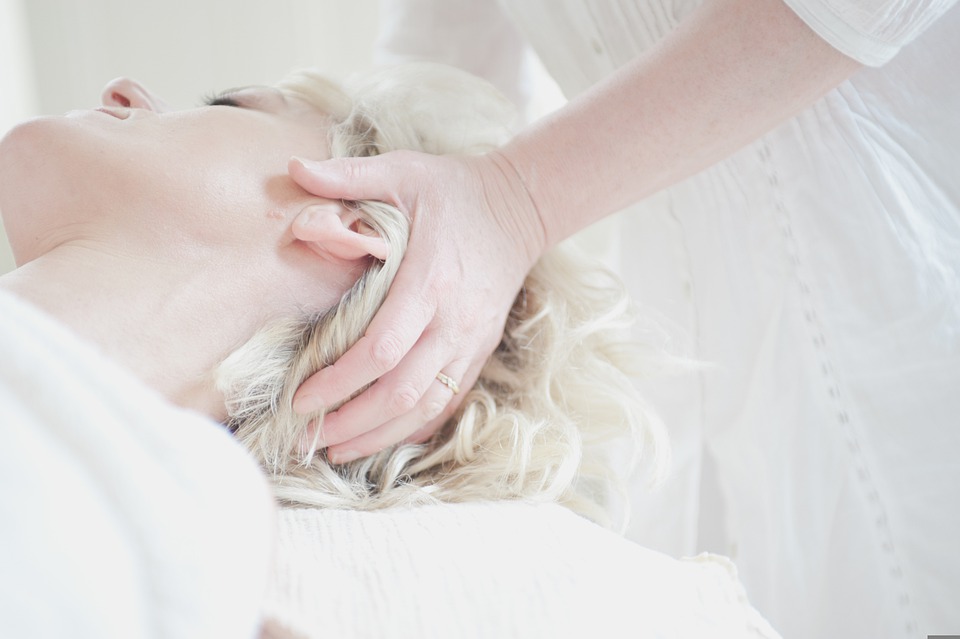Every massage, every visit, and every masseuse are different and yet all of them can help you feel relaxed and limber – as your muscles would have been worked out and your stress levels would have been decreased. For many people, getting a massage is like treating themselves to a well-deserved relaxation. And, this is why for thousands of years, people have assumed that massage therapy “works.” However, many don’t know or understand the “why” behind the successful and satisfying results of this practice.
Once a drug has been tested and proven to be safe and effective, doctors would recommend it for the treatment of a specific illness. However, is there really any scientific evidence that supports the claim that massage therapy can treat pain problems like neck pain and headache? Has science ever proved that massage is indeed helpful for low back pain?
In other words: Has massage therapy ever been analyzed and examined in the light of science?
Note: This article was written by taking into consideration objective as well as fair opinions and studies carried out by health professionals. And, most importantly, it’s free from any emotional or personal values and beliefs.
What We Have Known for Centuries
 In the long, distant past, there have been many who claimed that massage originated in India – around 3000 B.C. – as a practice of Ayurveda. However, as far as historical evidence is concerned, massage may have its roots in ancient Egyptian dynasties and ancient East Asian countries as images of massage from these ancient civilizations have appeared in hieroglyphics as well as literature and artwork.
In the long, distant past, there have been many who claimed that massage originated in India – around 3000 B.C. – as a practice of Ayurveda. However, as far as historical evidence is concerned, massage may have its roots in ancient Egyptian dynasties and ancient East Asian countries as images of massage from these ancient civilizations have appeared in hieroglyphics as well as literature and artwork.
Traditionally, in India, massage was initially considered a sacred system of healing associated with Ayurveda (an ancient form of healing). Although it’s hard to determine what culture came up with this practice first, one thing’s for sure: people have been using this touch of healing for centuries to heal injuries and relieve pain.
For a brief history of massage –from its earliest traceable origins to its continuous practice and use today – this website provides an excellent quick read.
What Science Tells Us Now
The scientific community has always had bigger and scarier fishes to fry and thought that dealing with a “quackery” that could treat mere aches and pains was not worth their time. However, despite being unaccustomed to this new practice, several medical experts have carried out “massage therapy research” given the rising popularity of the practice.
How Massage Therapy Works:

- The Journal of Alternative and Complementary Medicine published a study that showed that even massage sessions could prove to be very beneficial to the human body. The study showed that massage could significantly reduce arginine vasopressin – a hormone that can compress blood vessels, increase blood pressure and decrease urine excretion. The same research proved that massage has a huge role to play in decreasing and controlling stress hormones in an individual.
- According to a Canadian study, massage can regulate levels of inflammation and can help people suffering from chronic inflammatory disease.
- As per the American Massage Therapy Association (AMTA), a massage therapy can significantly boost the immune system and also help the body’s white blood cells in fighting infections.
- In a laboratory-experiment-like study of HIV-positive patients, it was shown that those who received massage therapy had an enhanced immune system.
- In 2016, when the Agency for Healthcare Research and Quality carried out around 20 studies to find and compare therapies and treatments for low back pain, the agency found that massage therapy can be very helpful for chronic low back pain.
- In 2016, four random controlled trials were carried out to prove the efficiency of massage in treating neck pain and the studies show that massage can provide many short-term benefits to those suffering from neck pain.
Although several fair and reasonable studies were carried out, scientific research in the massage therapy field is still in the infant phase. And, the result is that many in the scientific community still consider this amazing therapeutic touch as quackery.


